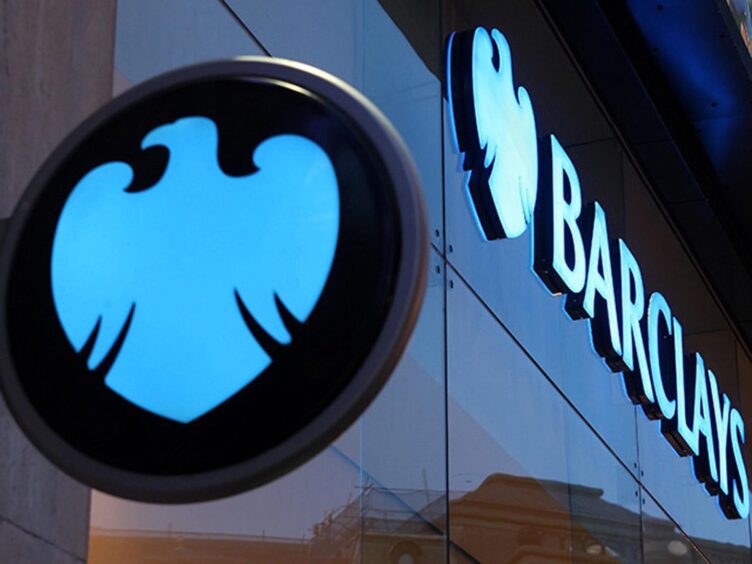
The 60 biggest players in global banking have stoked the oil and gas industry to the tune of almost $7 trillion since the Paris Agreement signed in December 2015 at COP21.
However, Big Money committed just 7% of its energy financing to renewables over much the same timeframe.
NGOs are rightly accusing global banking of undermining efforts to tackle the climate crisis, thereby threatening achieving Net Zero by 2050.
Data produced for the Sierra Club, Fair Finance International, BankTrack and Rainforest Action Network, exposes “major failings by financial institutions” and “shockingly low” financial support through loans and bond underwriting for clean energy.
This data calls into question pledges from the industry-led Glasgow Financial Alliance for Net Zero (GFANZ), whose bought-in research shows low carbon energy investments need to account for at least 80% of energy investments compared to fossil fuels by 2030 to reach climate goals.
It makes a mockery of what GFANZ (launched 2021) by UN special envoy on climate action and finance, Mark Carney, and the COP26 presidency, in partnership with the UNFCCC Race to Zero campaign, to coordinate efforts across all sectors of the financial system to accelerate the transition to a net-zero global economy.
Another UN special envoy, Michael R. Bloomberg, joined Carney as co-chair at COP26 and, in turn, he snared former SEC chair Mary Schapiro to serve as GFANZ vice chair, etcetera.
What a line-up; all doubtless creaming kudos from what seems little else but hollow promises hatched by the wealthy for their own ends.
It seems that bank loans and bond underwriting for renewables went from 7% in 2016 of the overall financing of the energy companies examined to a high of 10% in 2021 but virtually stagnated between these years, rather than showing any positive trend.
The total amounts of clean energy financing in these years remained abysmally low: $23.2 billion in 2016 and $34.5bn in 2021.
That makes me angry.
Now, in very fresh research, the organisation Banking on Climate Chaos (BoCC), reports that the 60 biggest banks – mostly North American and Japanese – invested $705bn in fossil fuel companies in 2023, bringing the total amount invested since the Paris Agreement to $6.9 trillion.
They committed $347bn in 2024 to fossil fuel expansion companies, which are companies that invest heavily in the development and progression of fossil fuels.
Last year also saw these banks commit $121bn to finance companies with methane gas import and export capacity under development, and $63.3bn to finance oil and gas deals.
The following grabbed my interest.
BoCC says that, of all the fossil fuel financing by dollar value issued in 2023, 15.4% matures after 2030, and 3.7% matures after 2050.
“Given the targets outlined by the Paris Agreement and a climate movement urging for the phase out of fossil fuels, fossil fuel financing that matures after 2030 faces a significant risk of becoming stranded, and financing which matures after 2050 raises serious questions about certain banks and their long-term attitudes towards the climate movement,” warns BoCC.
The “significant risk of being stranded” seems to suggest that any bank making such a commitment will get badly burned.
As for finance maturing after 2050, BoCC is I believe correct in its conclusion. In a nutshell, Greed Rules, OK!
Of the 60 banks analysed, JPMorgan Chase is the biggest fossil fuel investor, injecting $40.8bn into the industry last year. It is closely followed by Citigroup with $30.3bn, and Bank of America with $33.7bn.
Barclays remains Europe’s biggest fossil fuel financer having apparently invested $24bn last year.
However, Barclays helped raise $41bn in sustainability-linked finance for fossil fuel companies last year, according to an analysis by the Bureau of Investigative Journalism of data from LSEG, the financial markets group.
The $41bn figure covers the total value of the deals Barclays worked on alongside other banks. Barclays itself counts only the funding it is directly responsible for. It said that was $10.9bn across all sectors last year.
It has pledged to fund $1 trillion of sustainable and transition finance by 2030. But look for what Barclay’s put into green energy last year and you will grow weary rapidly.
Turning to JP Morgan Chase, its commitment is stated as $2.5 trillion to 2030. I lost the will to live searching for the last year’s actual commitment.
My conclusion? Banks must urgently wake up and get serious about non-fossil energy before it is too late for us all.
Recommended for you
